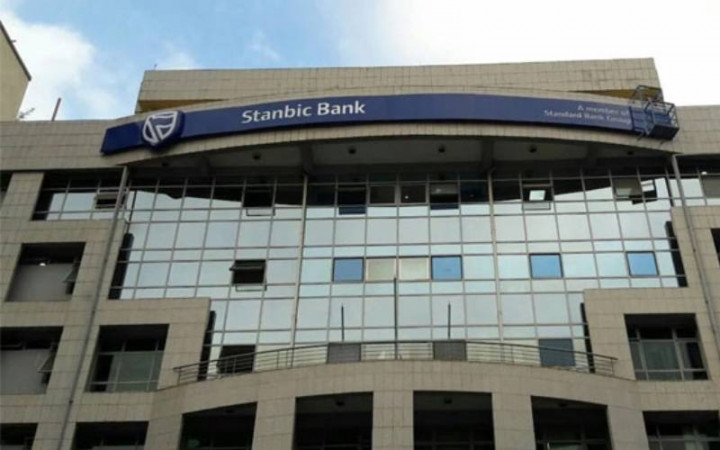Trade dipped in March due to lower demand
By Jacktone Lawi, April 6, 2022The private sector witnessed reduced activities in the month of March due to a rise in commodity prices that lowered purchasing ability of consumers.
Stanbic Bank Kenya Purchasing Managers Index (PMI) for March showed that the pressure of higher prices on customers was substantial, with many choosing to reduce their spending, leading to a much slower increase in sales across the private sector
The consumer’s purchasing ability dropped from 52.9 in February to 50.5 in March, signalling a slower and only marginal improvement in the health of the private sector economy.
Cost pressures in the economy soared further in March, as the latest data pointed to the sharpest rise in overall input costs for the past eight years.
Kuria Kamau, the Fixed Income and Currency Strategist at Stanbic Bank, said rising input costs were driven up partly by Russia’s invasion of Ukraine which led to a drop-off in client demand as inflationary pressures soared.
Rising inflation
“Economic activity continued to expand in March but at a slower pace than in February. The slowdown was driven by rising inflation which resulted in subdued demand growth by consumers and a contraction in output by producers,” he said.
The index revealed that price gauges for both business costs and charges hit record highs in recent times reaching the highest levels since early 2014.
Despite a general rise in commodity prices globally Kenyans reported being squeezed more by the government taxes.
According to anecdotal evidence, worries over the impact of the war on global supply meant that inputs such as fuel, food products and fertiliser rose sharply in price.
Firms often had little choice but to raise their selling charges accordingly, with the rate of increase quickening to a near-record pace,” reads the report in part.
The higher prices limited both client spending and business activity, with the latter seeing a renewed fall at the end of the first quarter.
The index further showed that the overall decline in output was modest, driven by contractions in the agriculture, construction and wholesale and retail sectors.
On the flip side, input purchasing continued to increase sharply as firms looked to stockpile goods amid worries that supply could worsen.
A further improvement in vendor performance helped inventories to rise at the fastest pace since November 2020 as panic buying hit the markets.
Kamau said firms increased the stock of purchases in anticipation of further increases in input prices and ramped up employment levels to support the slightly higher demand witnessed.
“Output prices, meanwhile, rose at the second-fastest rate on record as firms tried to protect their margins. While most businesses remain positive about output growing over the next year, the concerns around rising inflation pushed the future output index to its lowest level since the start of the survey,” he added.
Concerns of rapid price inflation also took a hit on business confidence during the month of March, which dropped to the lowest level since the survey began (in January 2014).
Growth inactivity
However, the firms remained hopeful that capacity improvements, new products and increased marketing would contribute to future growth inactivity.
On a positive note, firms registered a modest rise in employment numbers during March, amid efforts to boost capacity and completely new sales. Despite rising for the second month in a row, the accumulation in backlogs was nonetheless softened by the rise in staffing.
More Articles

